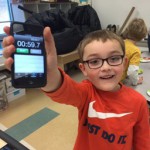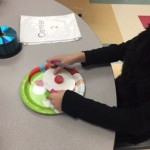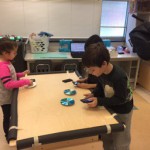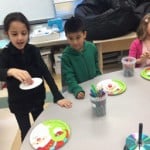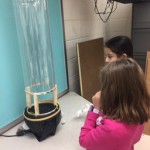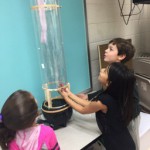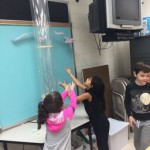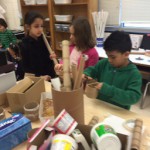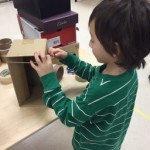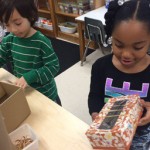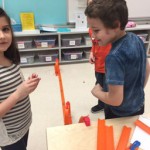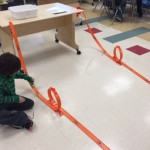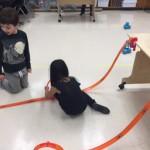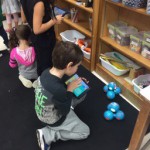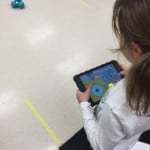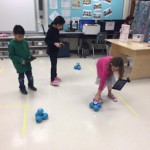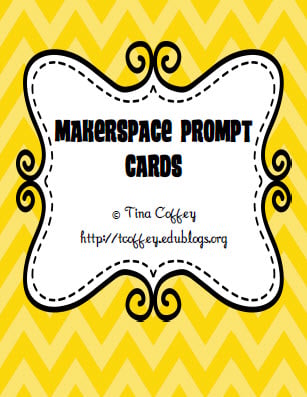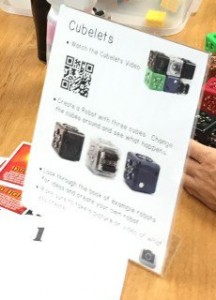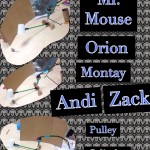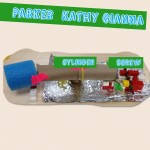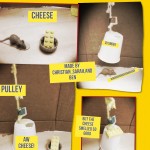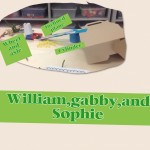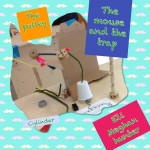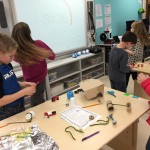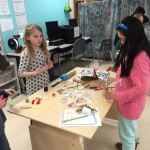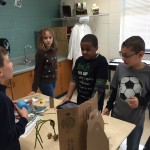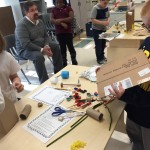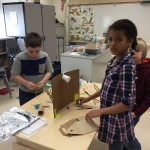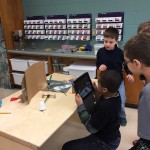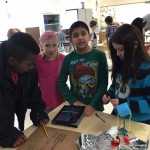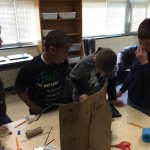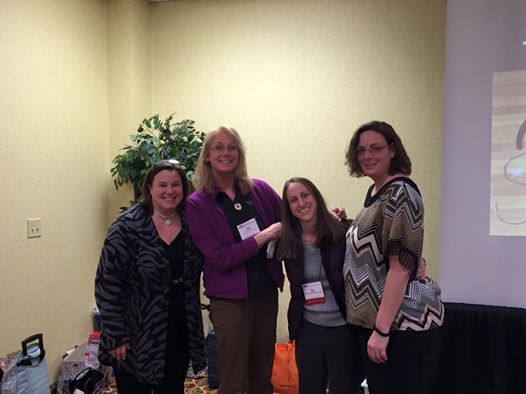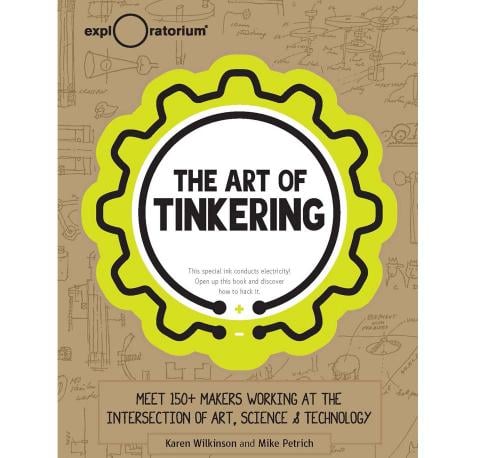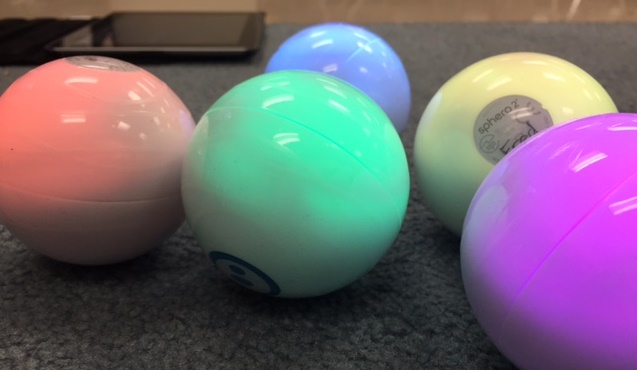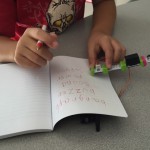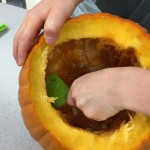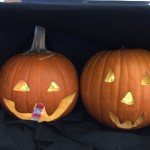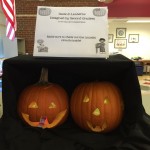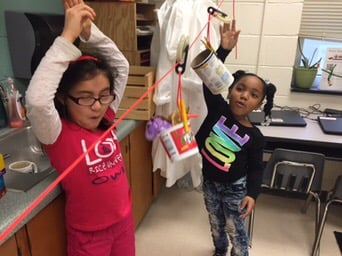
Students in first grade at both Glenvar and Oak Grove used the Makerspace to build hands-on knowledge of force and motion. They rotated through six centers to investigate and understand Science SOL 1.2: The student will investigate and understand that moving objects exhibit different kinds of motion. Key concepts include a) objects may have straight, circular, and back-and-forth motions; b) objects may vibrate and produce sound; and c) pushes or pulls can change the movement of an object that moving objects exhibit different kinds of motion.
Maker Center Planning Sheet and Student Reflection
Center 1: Spinning Tops — Circular motion and elapsed time
Prompt: Make a spinning top. How long does it spin?
Center 2: Air Tube
Make something that will fly.
Center 3: Zipline – pushes and pulls/ straight and circular motion
Design a car that can carry a toy dragon across the room on a zipline. Explore ways to make the car move smoother and faster.

Center 4: Musical Instrument – Vibration
Create a musical instrument with rubber bands. Find ways to include higher and lower pitched notes on your instrument.
Center 5: Racetracks
Build a racetrack. Experiment with different types of cars, marbles, and balls. Which ones go faster? Slower? Why?
Center 6: Robots On the Move
Make Dash the Robot Move!
Cross Posted at the Learning Collaboratory.
